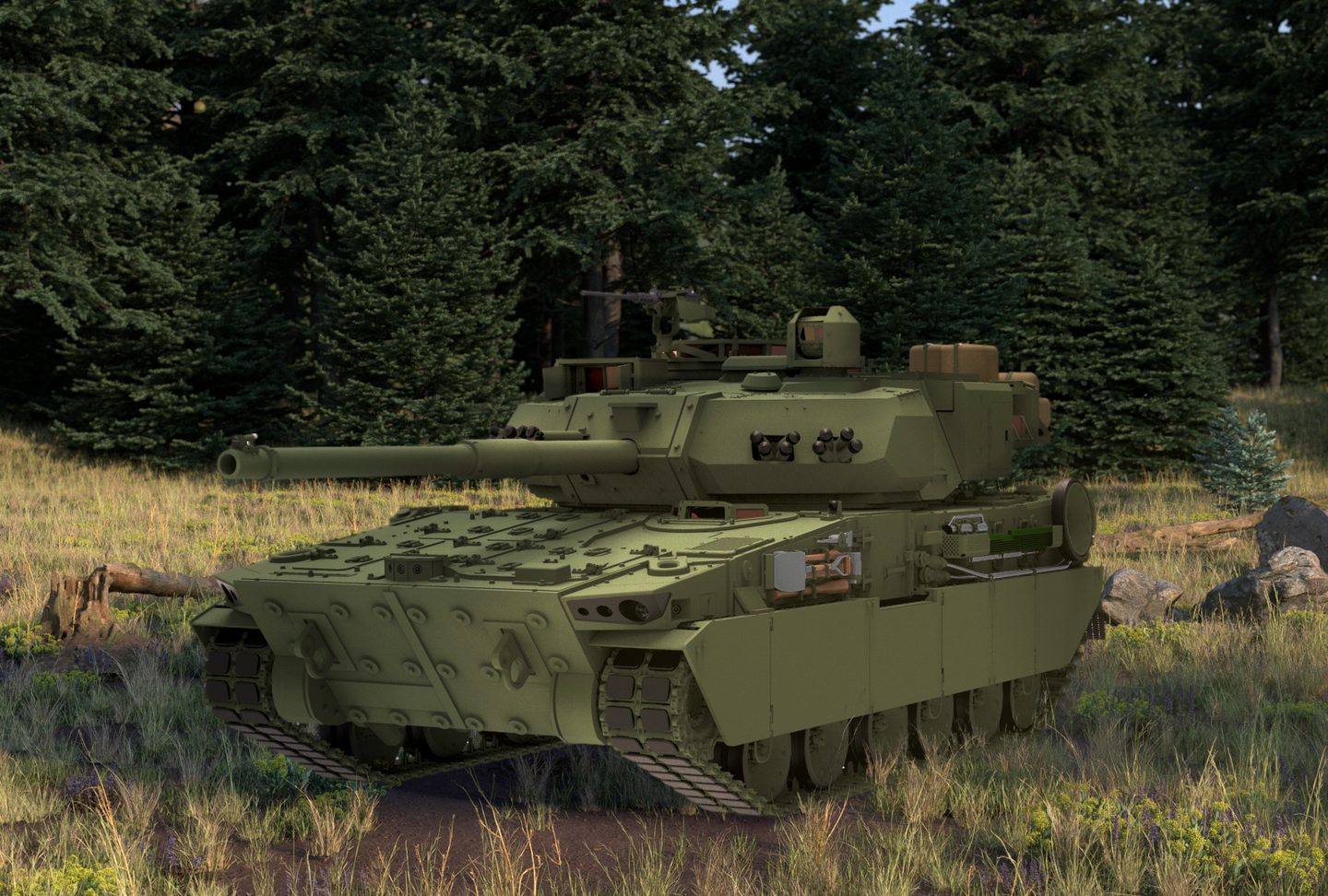
The Army is scrapping the M-10 Booker, a tank-like armored vehicle that was the first major front-line combat weapon in decades, because it couldn’t carry out its intended mission — providing firepower for lightly-armed infantry troops such as paratroopers.
Army Secretary Daniel P. Driscoll announced the termination of the Booker program last week. It was part of a push from Pentagon leaders to cut spending on unwanted or underperforming weapons systems.
The Booker program, with a price tag of more than $1 billion, was cut along with the AH-64D Apache and the Gray Eagle drone.
“We didn’t design a tank that was effective,” Army Secretary Daniel P. Driscoll said. “We wanted to develop a small tank that was agile and could be dropped into places where regular tanks can’t [but] we got a heavy tank.”
Although it had the features of a main battle tank — a tracked armored vehicle with a large main gun — Army officials insisted that the M-10 Booker wasn’t a tank like the M-1 Abrams because it wasn’t designed to take on another tank in battle. It’s lighter than the leviathan Abrams, America’s main battle tank for decades, which weighs about 74 tons.
But even at a relatively svelte 42 tons, the M-10 Booker is too heavy to be dropped out of an airplane. Just before field tests with the 101st Airborne Division last year, Army officials discovered that most of the bridges at their home base of Fort Campbell, Kentucky, wouldn’t support the weight of the “light tank.”
“We got the Booker wrong,” Mr. Driscoll told reporters at the Pentagon. “What came out of the procurement system wasn’t good.”
The M-10 Booker was originally known as the Mobile Protected Firepower system. It was intended to address a firepower shortfall within the Army’s Infantry Brigade Combat Teams that lacked a combat vehicle capable of providing mobile, protected, direct, offensive fire capability.
The Army wanted the M-10 Booker to neutralize enemy prepared positions and bunkers and defeat heavy machine guns. The service wanted to assign at least 14 of the armored vehicles to each Infantry Brigade Combat Team.
About 80 M-10 Bookers made it out of the factory and into the Army before the project was shuttered.
Mr. Driscoll said the M-10 Booker was a classic example of a business term known as a “sunk cost fallacy” where someone is reluctant to drop a course of action because they are too heavily invested in it, even when it is clear that abandonment would be more beneficial.
“What would have historically happened is that we would have kept buying these to build out some number of Bookers. Decades in the future, we would have switched,” he said. “Instead, we went to Pentagon leadership and said, ‘We made a mistake. This didn’t turn out right.’”












